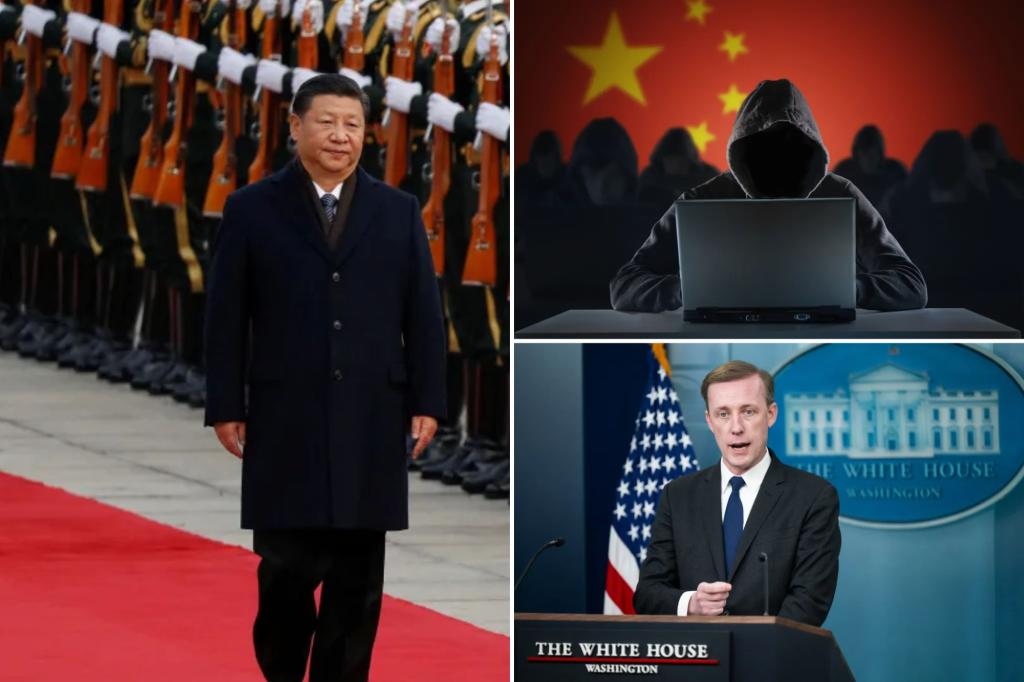The US telecommunications infrastructure suffered a significant security breach in mid-2023, perpetrated by a Chinese state-linked hacking group known as Salt Typhoon. This intrusion, which lasted for 18 months in one network and six months in another, targeted major telecom providers like Verizon and AT&T, along with systems used for court-authorized surveillance. The hackers successfully exfiltrated a massive trove of data, including IP addresses, phone numbers, and other sensitive information belonging to over a million individuals. This attack is considered the worst telecom hack in US history, raising serious national security concerns. The hackers specifically targeted communications linked to high-profile individuals, including then-President-elect Donald Trump, Vice President-elect JD Vance, and Vice President Kamala Harris, along with members of their inner circles. The focus on Washington, D.C. communications suggests a strategic intent to gather intelligence on key political figures and government operations.
The attackers employed sophisticated techniques to infiltrate and persist within the telecom networks. They skillfully mimicked systems engineers, masking their malicious activities to blend in with legitimate network traffic. This allowed them to remain undetected for an extended period, giving them ample opportunity to collect and exfiltrate sensitive data. Even after the breach was discovered, the hackers adapted their methods, making it more difficult to track and eliminate them from the compromised systems. This adaptability demonstrates a high level of technical expertise and a determined effort to maintain access to valuable information. The revelation that they remained in some systems as late as October 2023, even after public disclosure of the intrusion, underscores the severity and persistence of the threat.
The targeting of court-authorized surveillance systems raises particularly alarming national security implications. These systems contain information on individuals suspected of being agents for China, and the breach could have compromised ongoing investigations and intelligence gathering efforts. The hackers’ ability to access this sensitive data represents a significant intelligence coup for China and highlights the vulnerability of US surveillance infrastructure to foreign intrusion. The incident also underscores the escalating cyber warfare tactics employed by China, shifting from primarily economic espionage to directly targeting national security interests.
The response to the attack has been multifaceted. Telecom companies like AT&T and Verizon have issued statements downplaying the impact of the breach, claiming containment of the incident and denying evidence of ongoing intrusion. However, national security experts express deeper concerns, suggesting the scope and sophistication of the attack may have caused irreparable damage. The possibility that the hackers may never be fully expelled from the networks remains a significant concern. Key US officials have taken precautionary measures, shifting away from traditional calls and texts in favor of encrypted communication apps like Signal to mitigate future risks.
One contributing factor to the success of the attack was the exploitation of aging US telecom equipment. This vulnerability highlights the need for significant investment in modernizing and securing critical infrastructure. Senator Dan Sullivan’s characterization of the attack as “breathtaking” and his lament over the exposed state of US infrastructure reflects the widespread concern among lawmakers and security experts. The breach serves as a stark reminder of the persistent threat posed by state-sponsored cyberattacks and the need for continuous vigilance and investment in cybersecurity defenses.
The incident is not an isolated event but part of a broader pattern of Chinese state-backed cyberattacks targeting US interests. The Treasury Department’s disclosure of a separate breach involving the theft of unclassified documents further underscores the aggressive nature of Chinese cyber espionage. This shift from focusing primarily on economic espionage to targeting national security assets and critical infrastructure signifies a concerning escalation in cyber warfare tactics. The attempted attack on critical infrastructure in the fall of 2023, which aimed to disrupt power grids and potentially tamper with US ports, demonstrates the potential for catastrophic consequences from these intrusions. While government officials were able to mitigate some of the damage, the incident serves as a stark warning of the growing cyber threat posed by China. These escalating attacks underscore the urgent need for a comprehensive national cybersecurity strategy to protect critical infrastructure and sensitive data from foreign adversaries.

